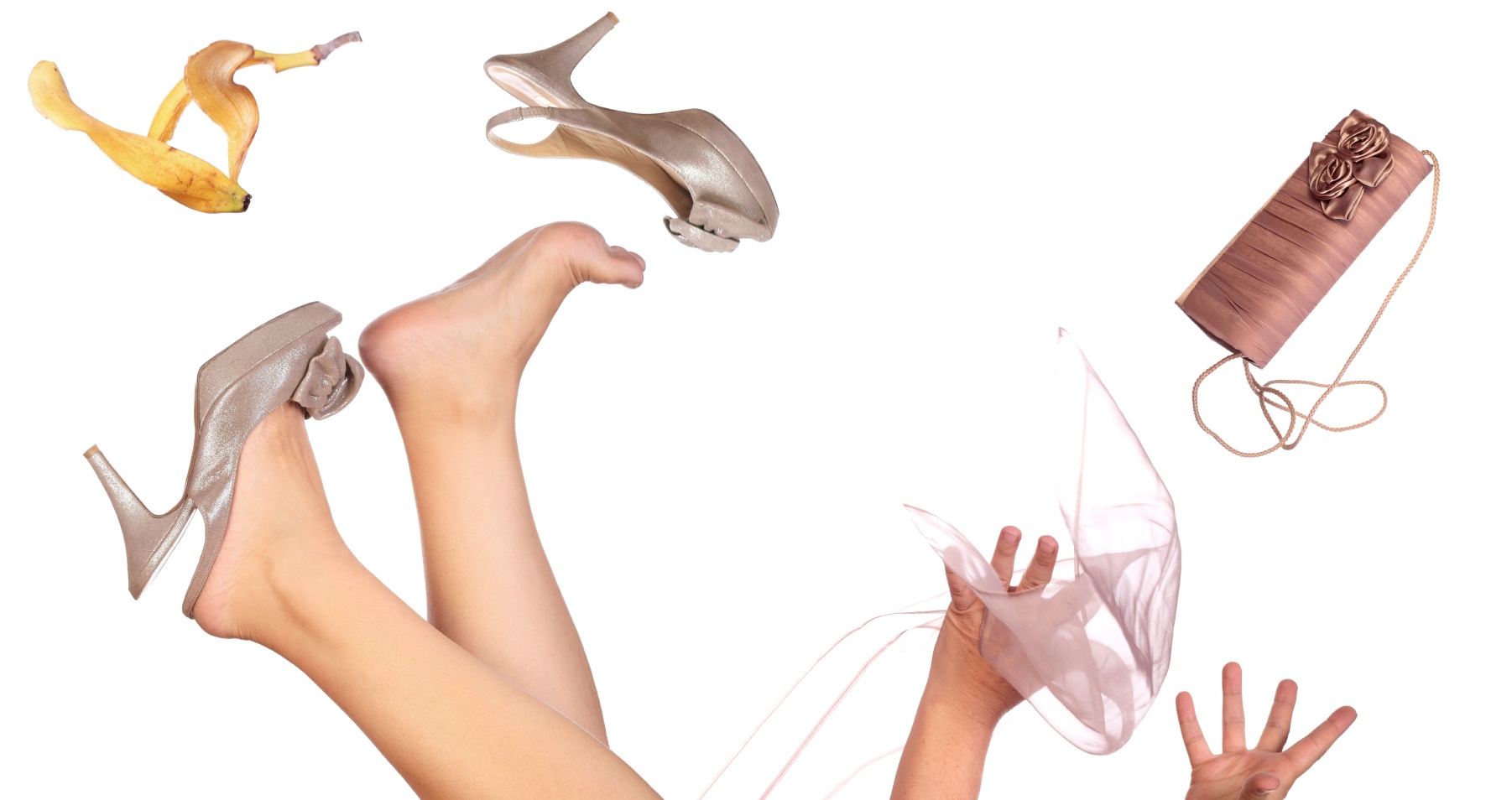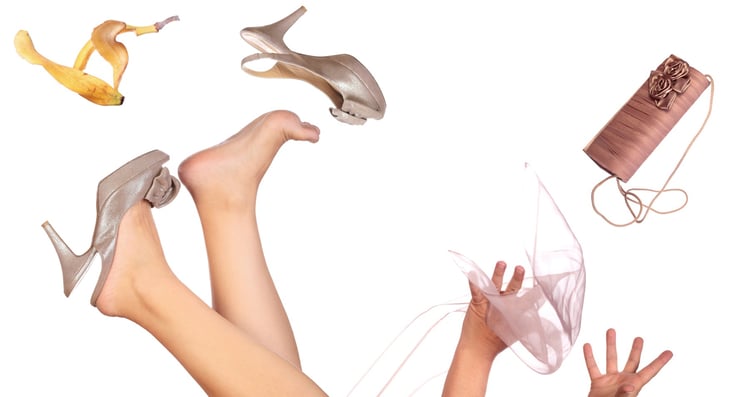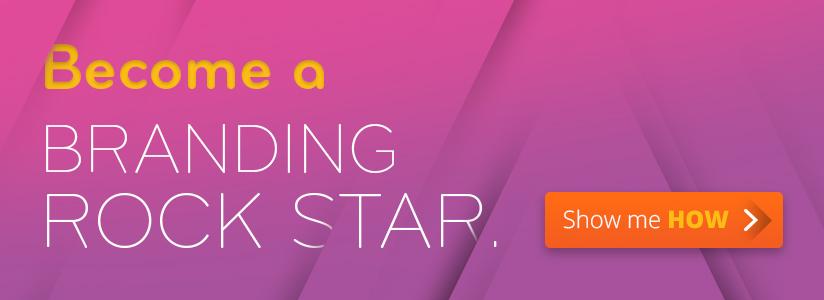

It seems everyone in business knows a lot about branding. It's something we all love to dish on, whether the Ice District's name or Google's logo change.
But working in the branding trenches every day, it's astonishing how mixed up many business owners and even brand managers can be when it comes to their own brands.
Maybe you've inherited messy branding, or perhaps your company's brand was created on a low budget. It may just be outdated in terms of trends or your current state—or perhaps you just didn't know better: we all have our areas of expertise.
The truth is, unless your brand is professionally managed or you are a subject matter expert yourself, it's quite likely you're suffering from one or more of the following common branding blunders.
1: Mistaking your logo for your brand. This is something we even see happen within the industry (and I've caught myself calling a logo a brand: it's that pervasive). Your logo is part of the brand, and it's often such a central one that the brand is built around it. Your brand is the collective impact of how all your touchpoints work in unison to imprint on your audience. It's the memorable personality of your organization. The Starbuck's brand, for example, is the way you're greeted, that contentious drink-size nomenclature, the cups themselves, the ambiance and a host of other experiential factors, including but far from limited to the ubiquitous green logo.
2: Failing to differentiate your brand from others. If your brand is your company's unique style and personality, the last thing it should do is in any way resemble your competitors. It must set you in a league all your own, backed up by your culture, service, expertise and product quality. Forget what you think dovetails nicely with your industry: be true to your mission, and be remarkably different.
3: Involving too many cooks. Ask any brand designer what the surest way is to wreck a branding exercise, and you'll get the same answer: too many decision-makers. I've heard it said that a camel is a horse designed by committee, but I disagree. A camel is a unique and specialized animal about which no large group could have ever reached consensus. Powerful branding requires confident, laser-beam vision and sharp instincts. If you don't trust your own instincts, hire a branding agency with a proven track record, and let them earn your trust.
4: Recruiting amateurs. Branding is tough work for experienced professionals. It's one of the most challenging things we do. Not to say a junior or even amateur designer can't come up with a good concept—very often they do. But to build a versatile, smart and integrated brand requires a diversity of skill-sets from professionals who understand the full range of technical applications, colour models, media requirements and aspect ratios, as well as typographic nuances, colour theory and brand psychology. That can only come from years of hands-on branding experience.
5: Shortcutting brand name research. Brand naming is a lot more difficult than it once was. Simply coming up with a truly unique name with an available web domain is daunting work. You've got to investigate sound-alikes with negative connotations, and similar words in other languages. A brand name should be pleasing to say, easy to remember and foolproof to read or spell. It must be free of trademark conflicts, and above all, it has to fit the overall brand like a glove. Needless to say, brand name development can be time-consuming and tricky. But it' s pivotal to the venture's success, and investing in proper research costs less than having to rename because a hilariously offensive alternate meaning has surfaced on social media or you've received a cease-and-desist order!
6: Overlooking cross-channel integration: Branding has become amazingly flexible in terms of potential colours and reproduction capabilities over the past two decades. No longer do designers need to lose much sleep over how artwork will fax, and backlit signs or vehicle wraps can accommodate virtually any colour schemes. But a loosening of restrictions doesn't make branding a free-for-all. A logo and accompanying branding should include variations for a diversity of media channels, all of which have their own specific requirements that need to be considered from the early days of branding.
7: Skipping the guidelines. A really important part of managing any brand is a guidelines document that sets out what can and cannot be done with the logo and other brand components. Yours might be a simple PDF booklet, or much bigger, depending on your plans. For some bigger clients, we've created thick branding binders that include specifications for semi trailers wraps and vehicle fleets, uniforms, advertising specialty products and wayfinding signs, along with the usual stationery, advertising and marketing collateral. Branding without clear guidelines is a journey into uncharted territory without a map (or map app), and can lead to major derailments when third-party designers are involved.
If you've already made some of these mistakes (and even well-established, well-branded companies sometimes do), it's never too late to focus, strengthen, and define your brand. There are a lot of good self-help books on branding if you have the time and resources to do some of the work in-house, or at or be better informed as a brand owner. I recommend Breathrough Branding, The 22 Immutable Laws of Branding and What Great Brands Do. Talk to an experienced brand management consultant and come up with an actionable plan to streamline your branding across all channels, differentiate your product and implement good guidelines. I've worked on numerous rebranding projects, and they can be a fantastic opportunity to rejuvenate and refocus the enterprise, which can mean attracting top talent to your workforce and winning over a new generation of customers.
And for entrepreneurs starting out, you're perfectly positioned to build something amazing. Do a little homework and seek to work with real experts with whom you feel a chemistry, and you'll save yourself a lot of grief on the road to branding excellence!
Laurier Mandin is president of Graphos, the Edmonton web design company, branding consultancy and digital marketing agency he founded in 1993.
